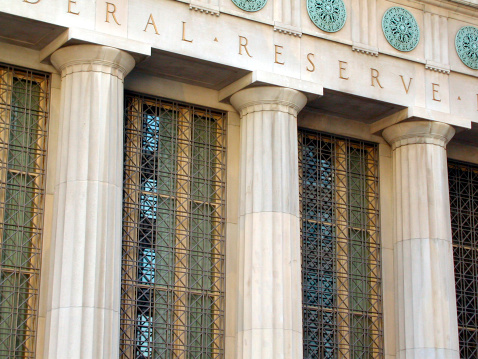Economy
As Plosser Retirement Announced, Federal Reserve Loses Hawk and Gets More Dovish
Published:
Last Updated:
Monday morning carried news that Charles Plosser, the president and CEO of the Philadelphia Fed, announced that he will retire as of March 1, 2015. Plosser served as the 10th president of the Philadelphia Fed since 2006. What stands out here is that this means that the Federal Reserve is losing one of its key hawks on interest rates and monetary policy. It is impossible to know if this really means that the Fed will become even more dovish until a replacement is announced, but one of the hawks is likely about to be less vocal and soon to be gone.
The Philadelphia Fed helps to formulate and implement monetary policy, and it supervises banks as well as loan holding companies. It provides financial services to depository institutions and the federal government. It, along with 12 other regional Reserve Banks and the Board of Governors in Washington D.C., make up the Federal Reserve System.
Plosser had this to say on his retirement:
For more than eight years, I have had the honor to work alongside many talented colleagues here at our Bank and throughout the Federal Reserve System during an extraordinary period in this nation’s economic history. After more than three decades of economic research and teaching, this has been a unique opportunity and privilege to serve the nation.
Fed Chair Janet Yellen weighed in on the retirement saying that he was a “dedicated leader.”
The search committee headed by the James Nevels, founder and chairman of the Swarthmore Group, and Michael Angelakis, vice chairman and CFA of Comcast, are set to review a list of candidates to fill Plosser’s role.
The question remains whether a dove or a hawk will make its nest in this position.
ALSO READ: The 5 Things That Will Drive Stocks Higher
Thank you for reading! Have some feedback for us?
Contact the 24/7 Wall St. editorial team.